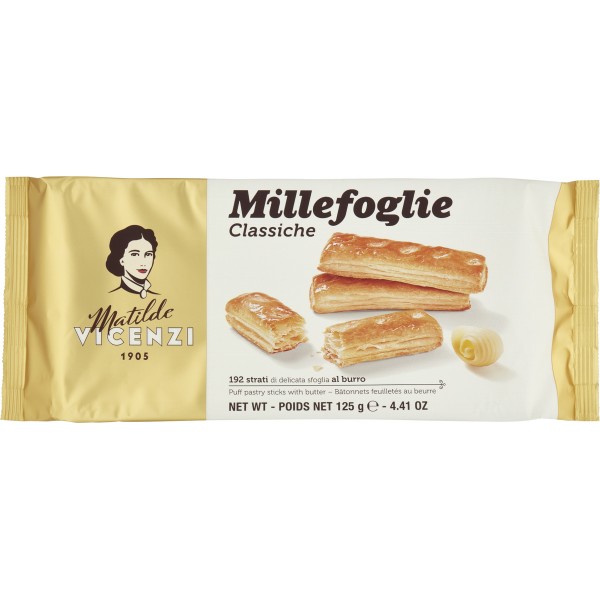

It seems like the original Matilde, a passionate baker, was fine with her small shop and had no grand plans of expanding until her husband unexpectedly died. It’s hard to imagine that the story of Matilde Vicenzi, the baked goods giant, started in 1905 in a small artisanal bakery on the outskirts of Verona. Matilde Vicenzi cookies and pastries are likely some of the world’s most recognizable Italian baked goods: the company exports its products to over 110 countries. While Chiostro di Saronno is most invested in traditional Amaretti cookies, it must be mentioned that a large portion of their cookie assortment consists of regional specialties that not many people have heard of outside Italy. Nowadays, Chiostro di Saronno is one of the most recognizable Italian confectionery brands, though they’re primarily known for their festive cakes instead of cookies. In the early 90s, Paolo Lazzaroni (the namesake of his liqueur-making grandfather who started the entire Lazzaroni food-making business) built an industrial plant in Saronno and, with the expanded manufacturing capabilities, developed the production and product line-up, as well. In 1984, the biscuit-producing branch of the company was sold to an American company Campbell, though subsequently, the management of what was left of Lazzaroni & Figli decided to simply resume the. Over the next fifty years, the company steadily expanded, attracting the attention of both cookie connoisseurs and potential investors. It’s an old Franciscan cloister in the center of Saronno, where the company’s seat is currently located. “Chiostro di Saronno” means "Cloister of Saronno" in Italian. The company headquarters is based in, fittingly, Saronno, a comune of Lombardy, in the province of Varese. The newly established Lazzaroni & Figli focused solely on two products: grandpa Carlo’s original Amaretto Lazzaroni 1851 (did you know that the famous almond liqueur was born in Saronno? Now you do) and traditional Italian cookies. They simply decided that combining the two and trimming down the production line would be best for the future. So, by the time the pivotal year of 1927 rolled around, the Lazzaroni family already owed two food and drink companies, each with more than half a century’s worth of history on the market. Then, in 1888, the children of his brother (Carlo’s other son) Davide established a second company (D. But in 1869, one of his sons, Paolo, expanded his efforts into confectionery production, establishing the first of the two Lazzaroni companies in Saronno. The family focused on that for the next fifty or so years. Born in 1774, Carlo started with Amaretto liqueur production at the beginning of the 19th century.

The one who started it all was Carlo Lazzaroni. See, Lazzaroni & Figli was merely a consolidation of the family’s long-standing food production efforts. That said, it can be argued that the company’s history goes back much further. as it is known today (and with it, Chiostro di Saronno) started in 1927. The story of Paolo Lazzaroni & Figli S.P.A. The other brand Lazzaroni, concentrates on the Amaretto liqueur, keeping the alcohol separate from the Chiostro di Saronno brand, which is in charge of the bakery. Lazzaroni & Figli production line is divided into three distinct parts: Amaretto liqueur, cookies, and traditional festive cakes (Panettone and Colomba). It’s one of the two brands under Italian food and drinks giant Lazzaroni & Figli. What is Chiostro di Saronno?Ĭhiostro di Saronno is an Italian baked goods company. In the article below, we’ll be breaking down how the products these companies put on the market compare to each other and which one is a better start for a newbie consumer. Both Chiostro di Saronno and Matilde Vicenzi are legends when it comes to Italian confectionery, be it traditional Italian cookies or more novel pastries unique to their line-ups.


 0 kommentar(er)
0 kommentar(er)
